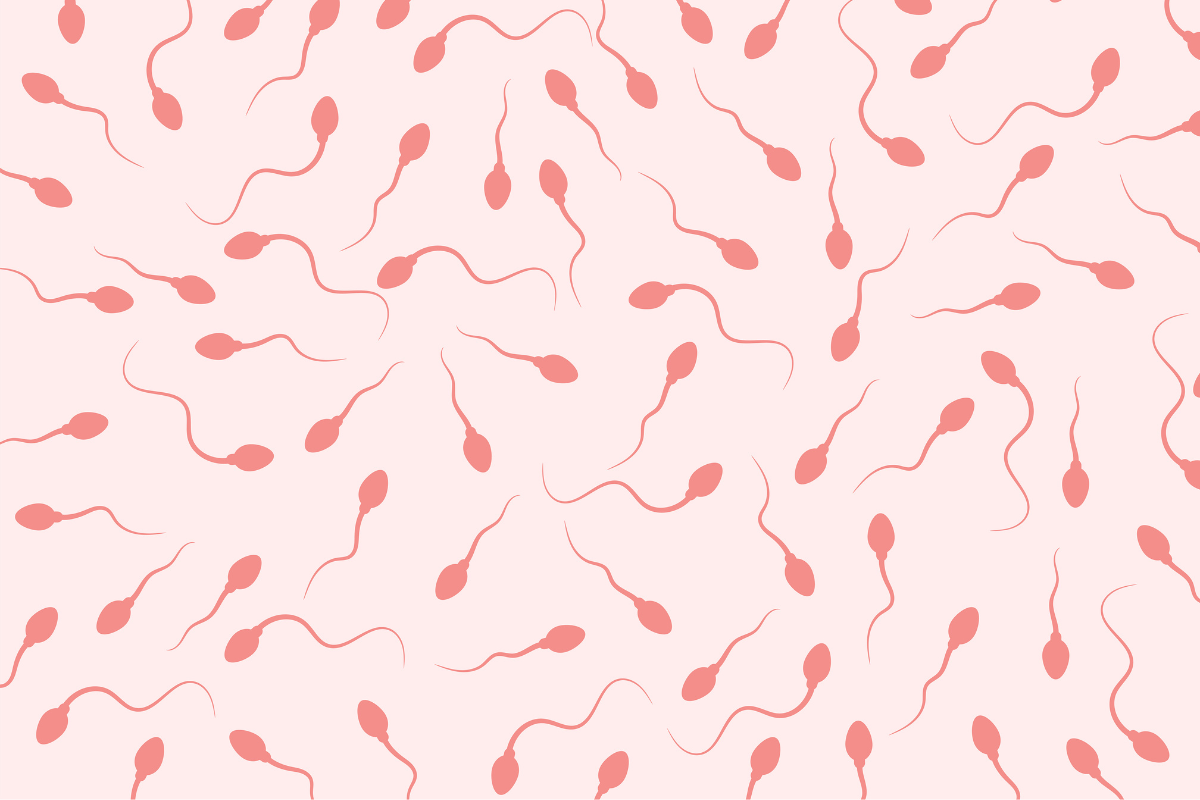Sperm cells, or spermatozoa, are the male reproductive cells essential for human reproduction. Their primary role is to fertilise the female egg, leading to the development of an embryo. The characteristics of sperm including count, motility, morphology, and genetic integrity are critical determinants of male fertility. This article delves into the biology of sperm and the factors that contribute to their functionality and reproductive success.
Anatomy of a Sperm Cell
A sperm cell is highly specialised and consists of three main parts:
- Head: The head contains the nucleus, which houses the paternal DNA. It also includes the acrosome, a cap-like structure filled with enzymes that help the sperm penetrate the egg during fertilisation.
- Midpiece: The midpiece is packed with mitochondria, which generate the energy required for the sperm’s movement.
- Tail (Flagellum): The tail propels the sperm forward through a whip-like motion, enabling it to navigate the female reproductive tract.
Key Characteristics of Sperm
-
Sperm Count:
- Definition: The number of sperm present in a given volume of semen, typically measured in millions per millilitre.
- Normal Range: According to the World Health Organisation (WHO), a normal sperm count is 15 million sperm per millilitre or more.
- Significance: A higher sperm count increases the likelihood of successful fertilisation.
-
Sperm Motility:
- Definition: The ability of sperm to move efficiently.
- Types of Movement: Sperm motility is classified as progressive (straight-line movement) or non-progressive (circular or weak movement).
- Normal Range: At least 40% of sperm should exhibit motility, with 32% showing progressive motility.
- Significance: Sperm must be motile to travel through the female reproductive system and reach the egg.
-
Sperm Morphology:
- Definition: The shape and structure of sperm.
- Normal Range: A normal sample has at least 4% of sperm with ideal morphology.
- Ideal Traits: Oval-shaped heads, well-defined acrosomes, and long, straight tails.
- Significance: Abnormal sperm shapes can hinder their ability to penetrate and fertilise the egg.
-
Sperm DNA Integrity:
- Definition: The quality and stability of the genetic material carried by sperm.
- Significance: DNA damage in sperm can lead to infertility, miscarriage, or developmental issues in offspring. Factors like oxidative stress, infections, and environmental toxins can affect DNA integrity.
To understand more about sperm and a semen analysis, visit the University of San Francisco’s website, here.
Factors Affecting Sperm Health
-
Lifestyle Choices:
- Smoking, excessive alcohol consumption, and drug use can impair sperm count, motility, and morphology.
-
Diet and Nutrition:
- A diet rich in antioxidants, vitamins (C, E, and D), and minerals (zinc, selenium) supports sperm health by combating oxidative stress.
-
Temperature:
- The testes function best at a slightly cooler temperature than the rest of the body. Prolonged exposure to heat (e.g., from hot tubs, saunas, or tight clothing) can reduce sperm production.
-
Medical Conditions:
- Varicocele, hormonal imbalances, infections, and certain genetic disorders can negatively impact sperm quality.
-
Environmental Toxins:
- Exposure to chemicals, pesticides, and heavy metals can harm sperm DNA and overall functionality.
Improving Sperm Quality
-
Healthy Lifestyle:
- Regular exercise, balanced nutrition, and adequate sleep are foundational to maintaining optimal sperm health.
-
Avoidance of Toxins:
- Limiting exposure to harmful substances and adopting protective measures in high-risk environments can preserve sperm quality.
-
Stress Management:
- Chronic stress can disrupt hormonal balance, negatively impacting sperm production. Mindfulness practices like meditation and yoga can help.
-
Medical Interventions:
- In cases of significant fertility issues, treatments like hormonal therapy, surgical correction of varicocele, or assisted reproductive technologies (e.g., IVF or ICSI) may be necessary.
For additional information on how you can improve sperm health, visit Improving Your Fertility’s blog on the topic, here.
The Journey of Sperm: Fertilisation
Once ejaculated, sperm embark on a challenging journey through the female reproductive tract. Out of millions of sperm, only a few hundred reach the fallopian tube where the egg resides. Fertilisation occurs when one sperm successfully penetrates the egg’s outer layer, combining its genetic material with the egg’s to form a zygote.
The Mayo Clinic, has provided some interesting information on their website about sperm health, here.
Conclusion
Male sperm is a marvel of biological engineering, designed to deliver genetic material with precision and efficiency. Its characteristics, count, motility, morphology, and DNA integrity are vital for successful fertilisation and healthy offspring. By understanding the factors that influence sperm health and adopting proactive measures, men can enhance their fertility and contribute to reproductive success.






